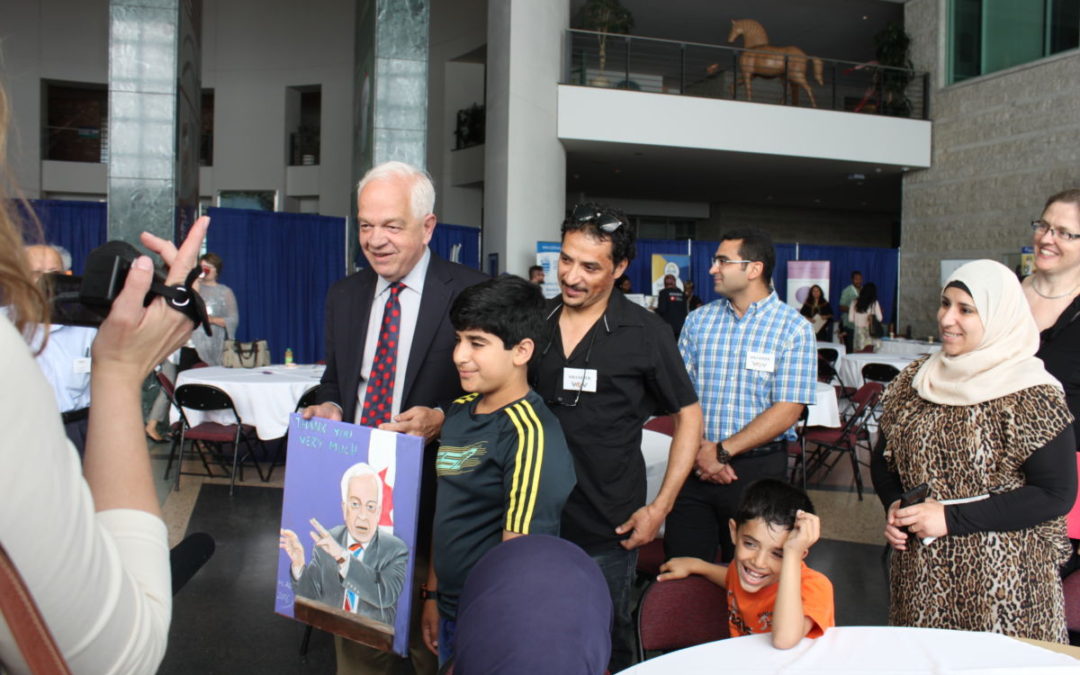June 20, 2016, By Stephanie Levitz, The Canadian Press
OTTAWA — Federal politicians meet a lot of people, but Syrian children don’t meet a lot of federal politicians — let alone the same one twice, in two different countries, each a world apart from the other.
Hamza Ali, 13, remembers clearly the day last November when a trio of Canadian cabinet ministers trooped into an ad-hoc art gallery set up in the Zaatari refugee camp in Jordan.
Ali, one of the artists, shook the ministers’ hands and explained the concept behind his gripping paintings of women and men struggling with life and the war in Syria.
Immigration Minister John McCallum told Ali he was struck by the symbolism of a painting showing a woman carrying a map of Syria on her back up a flight of stairs, a heavy red sky in the background.
“Women do all the heavy lifting,” McCallum remarked.
That painting now hangs in Health Minister Jane Philpott’s office in Ottawa. McCallum didn’t have one — until Monday.
The ministers left the camp and went on to open a massive refugee processing centre near Amman that would eventually see thousands of refugees interviewed and screened to come to Canada.
Five of them ended up being the Ali family.
Since February, they’ve lived in the national capital — Hamza utterly oblivious to the fact his painting was hanging in a high-powered government office just a few minutes away.
When his family was invited Monday to an event in Ottawa to mark World Refugee Day, he and his father decided to paint another.
The idea, they said through a translator, was to offer a thank you to the minister who may not have bought one of the paintings but — unbeknownst to the minister — had given them the gift of a new life in Canada.
When McCallum arrived at the event, he was guided over to the Alis.
McCallum’s face lit up
He nodded when he was told he’d met them before, but then Ali’s mother reminded him her son had been the boy with the paintings in the camp. McCallum’s face lit up — and his smile grew even wider when Ali’s father pulled a new painting out of a paper bag.
It was a portrait of the minister, a Canadian flag behind him and the words “thank you very much” across the top.
McCallum said he was caught off guard by the gesture. “Having met them in both places, it is great to see the fruits of our labour.”
The day they met the ministers, the Alis didn’t know they would later come to Canada. Hamza had been chosen to meet them because camp officials had wanted to showcase the programs they were running for children, some with Canadian funds.
Today, all three of the Ali children are enrolled in school in Ottawa and learning English, as are their parents. But art remains an important part of their family. They have a room in their apartment just for their supplies.
‘Now we’ve started painting happy things’
Hamza is at work on a painting of an Arabian horse and his father recently painted one of a Syrian girl and Canadian girl wrapped in an embrace, their hands around a Canadian flag.
“Before, all our work was sorrowful,” Hamza’s father Mohammad Ali said, partly in broken English and partly through a translator.
“Now we’ve started painting happy things.”
On Monday, the United Nations’ Refugee Agency released its annual report on the state of the world’s displaced people.
The agency said by the end of last year, 65.3 million people had been forcibly displaced from their homes, about 12.4 million of them newly displaced, due to ongoing persecution, conflict, generalized violence, or human rights violations that continue to plague countries around the world.
Only a fraction were resettled around the world. Canada admitted around 32,000 refugees in all of 2015 through a combination of resettlement and grants of asylum to those already here.


